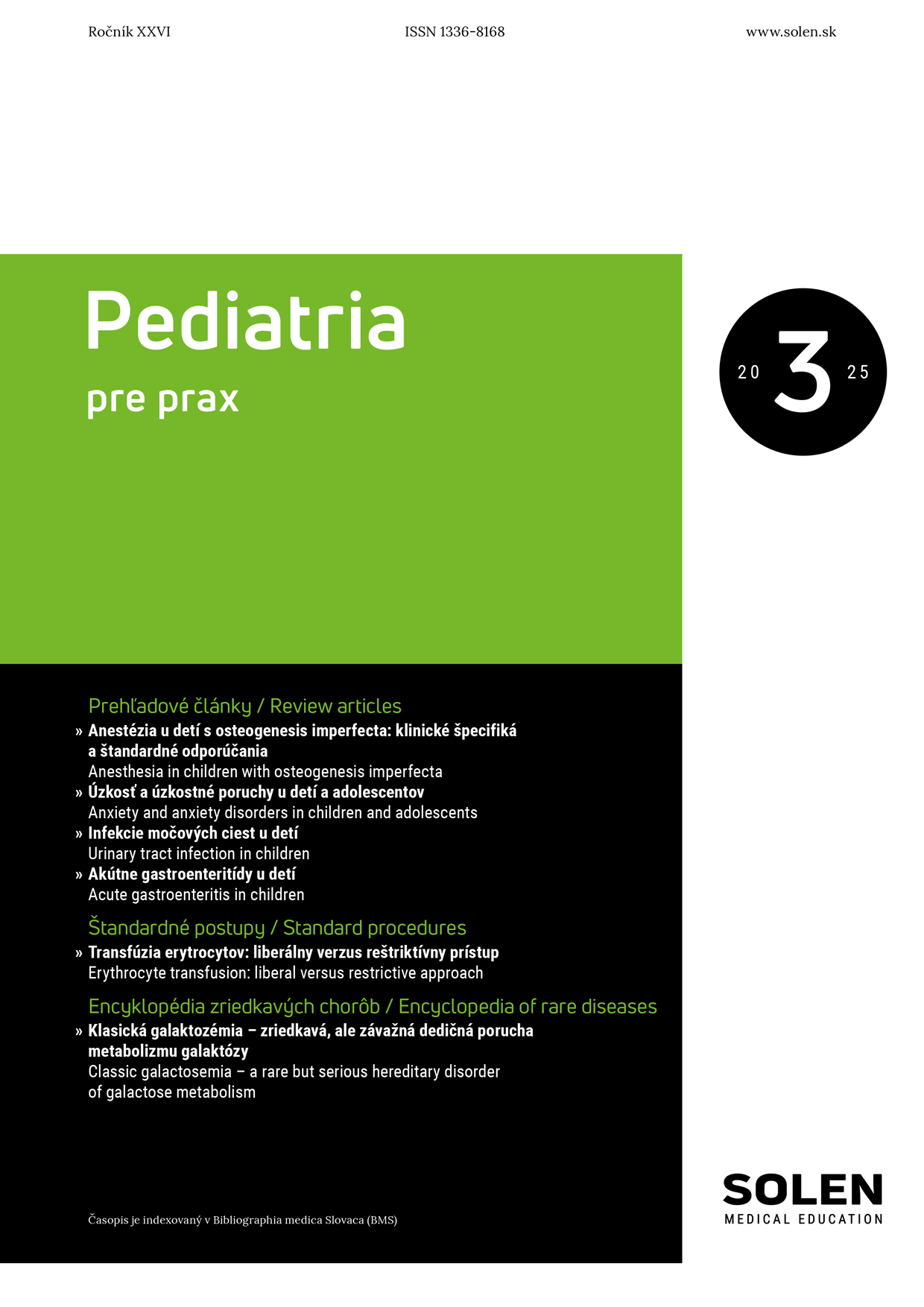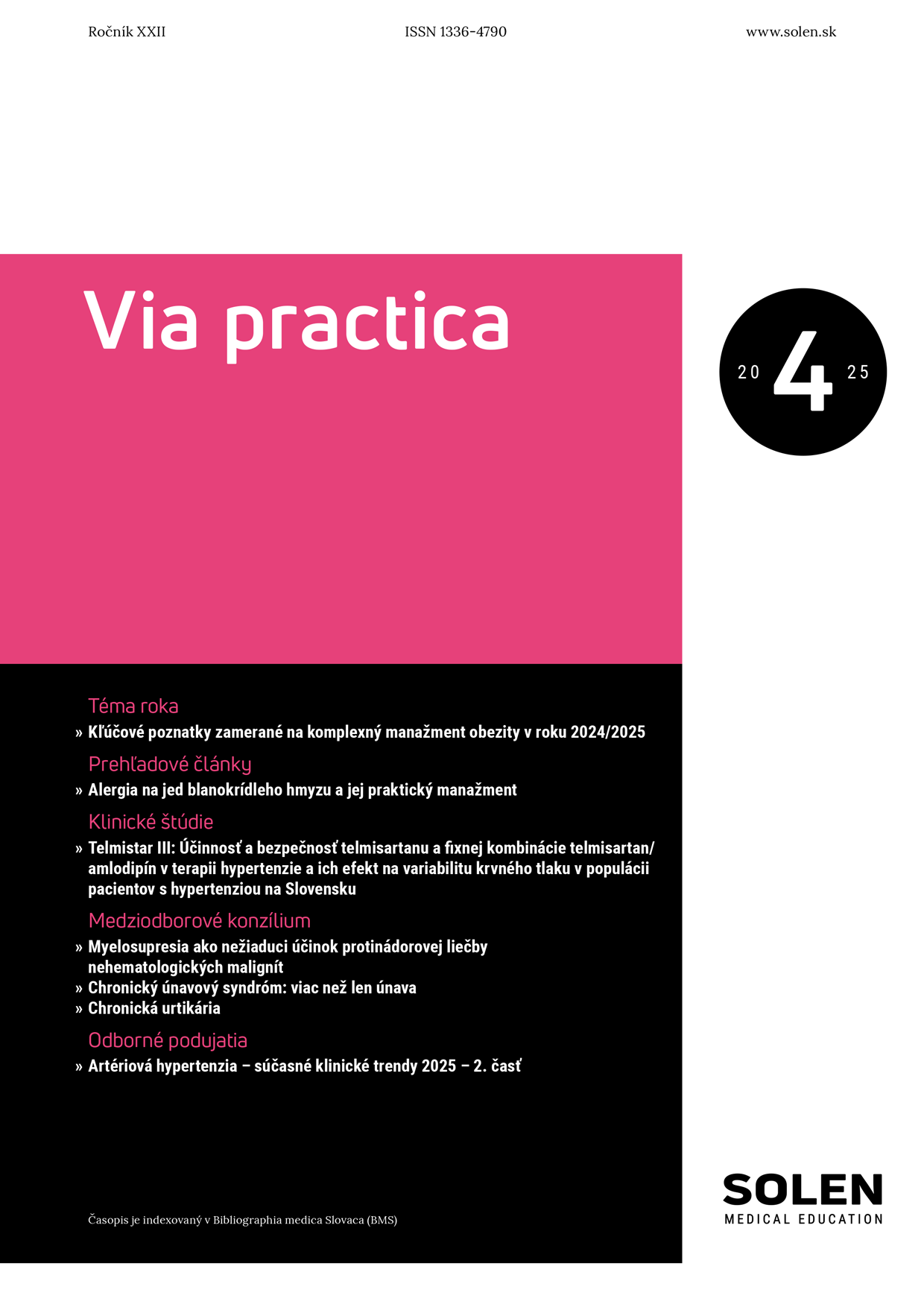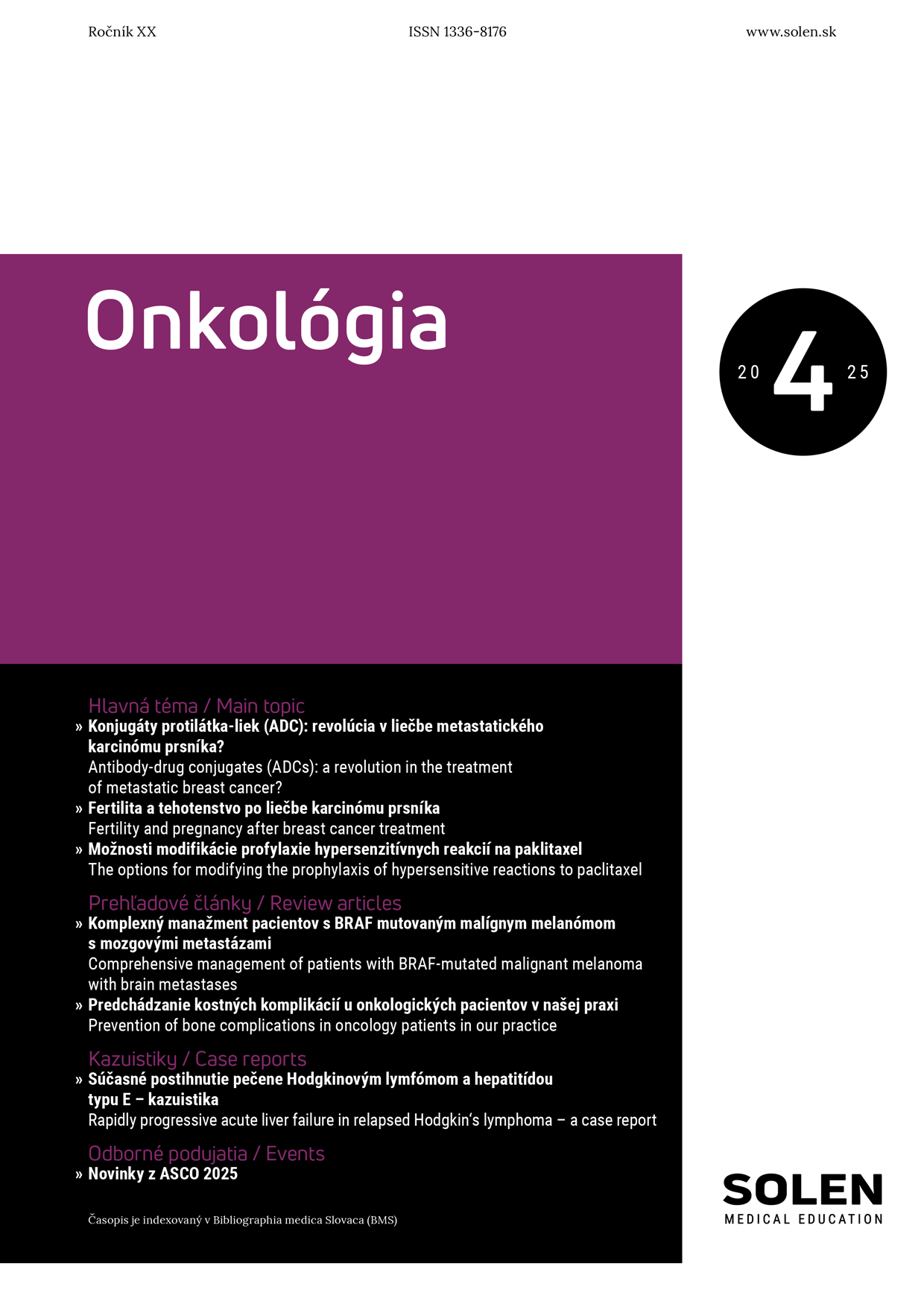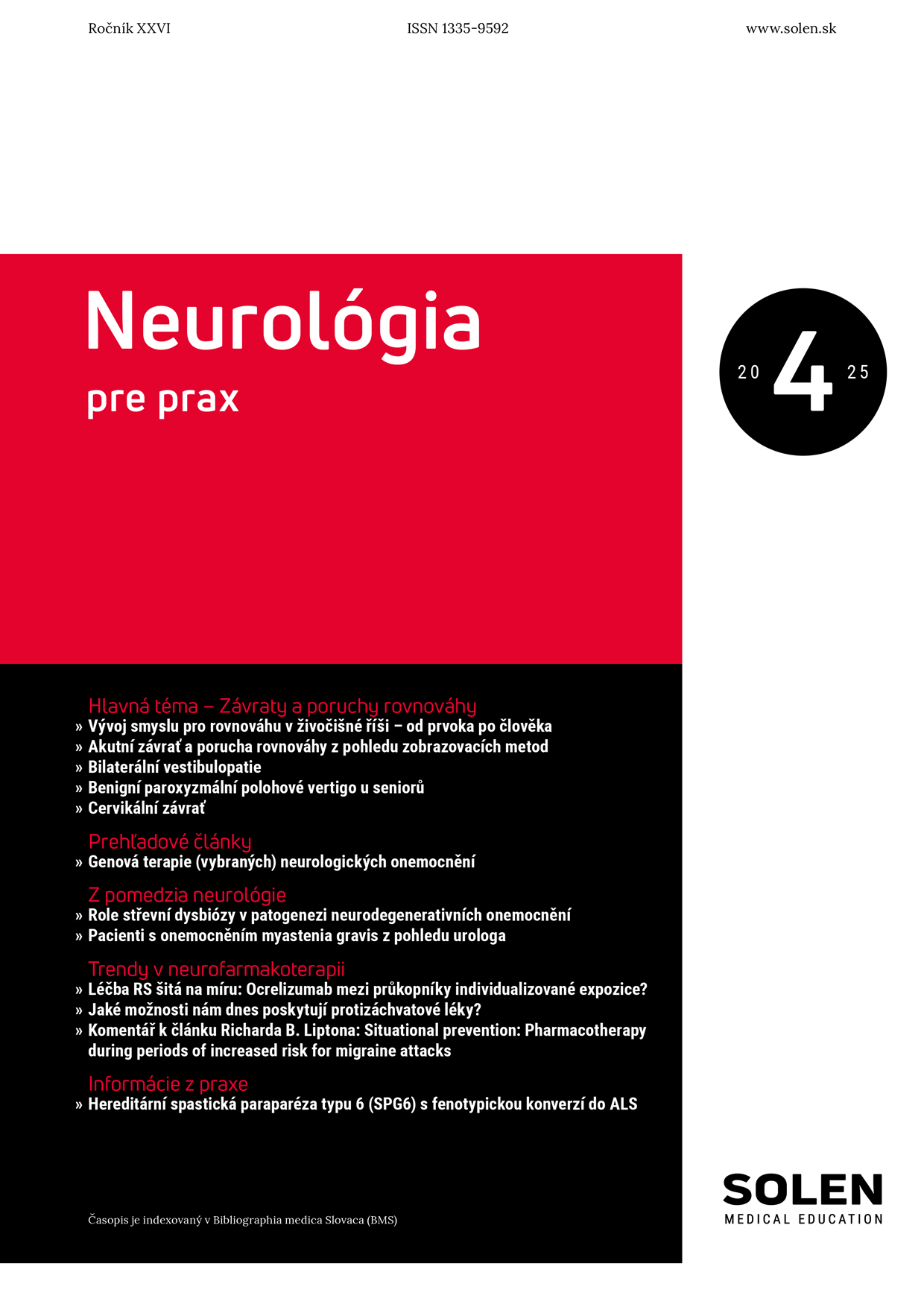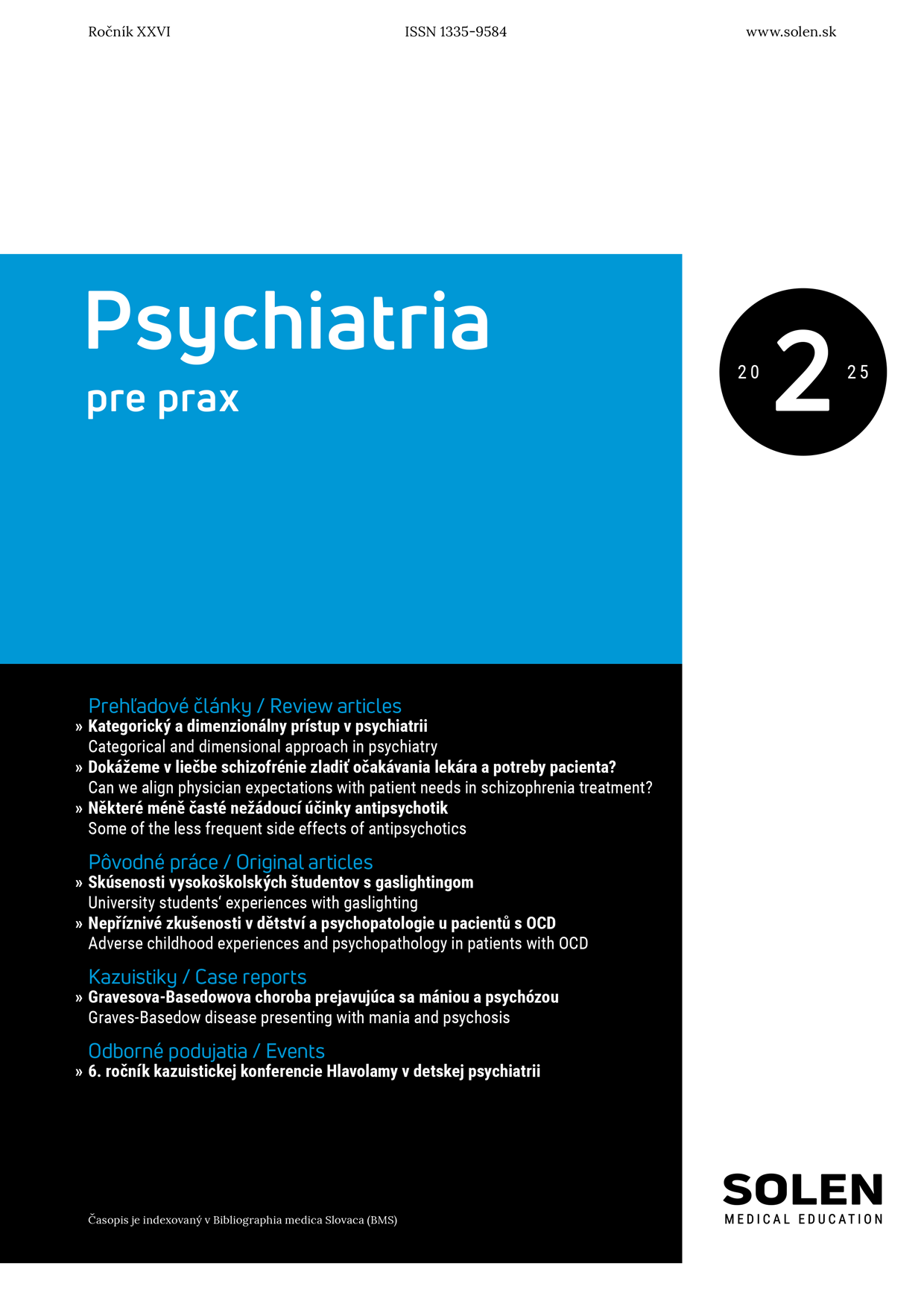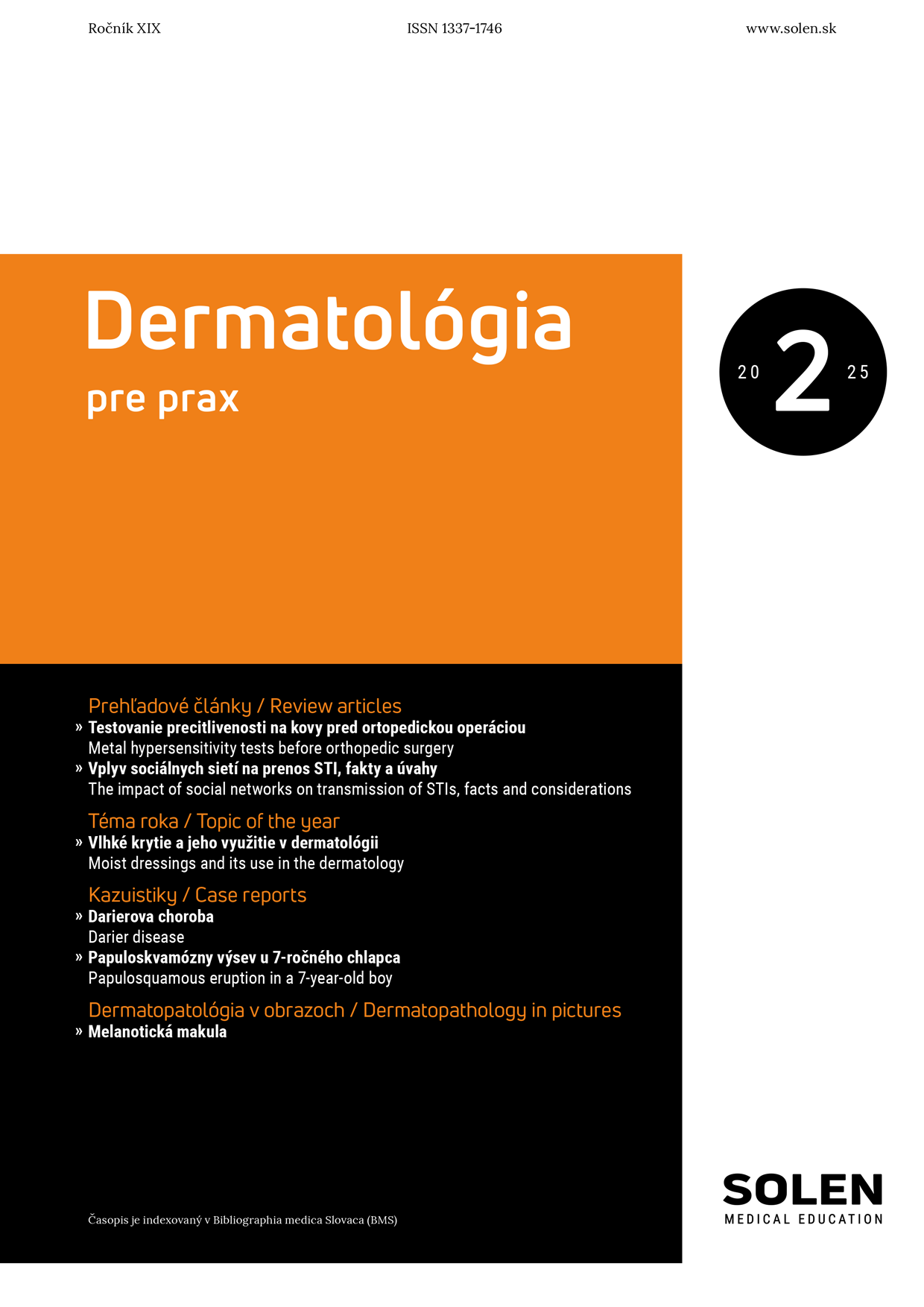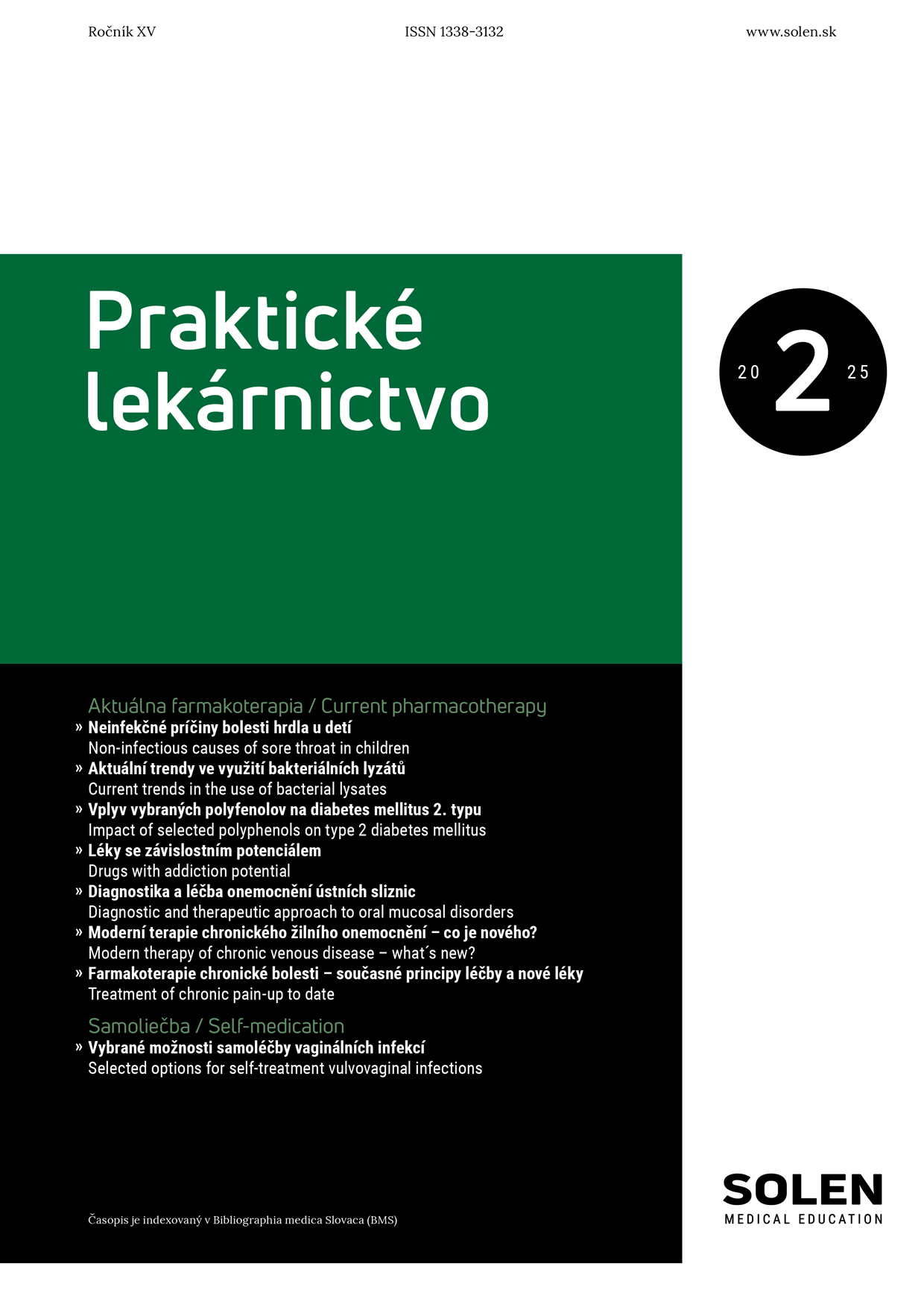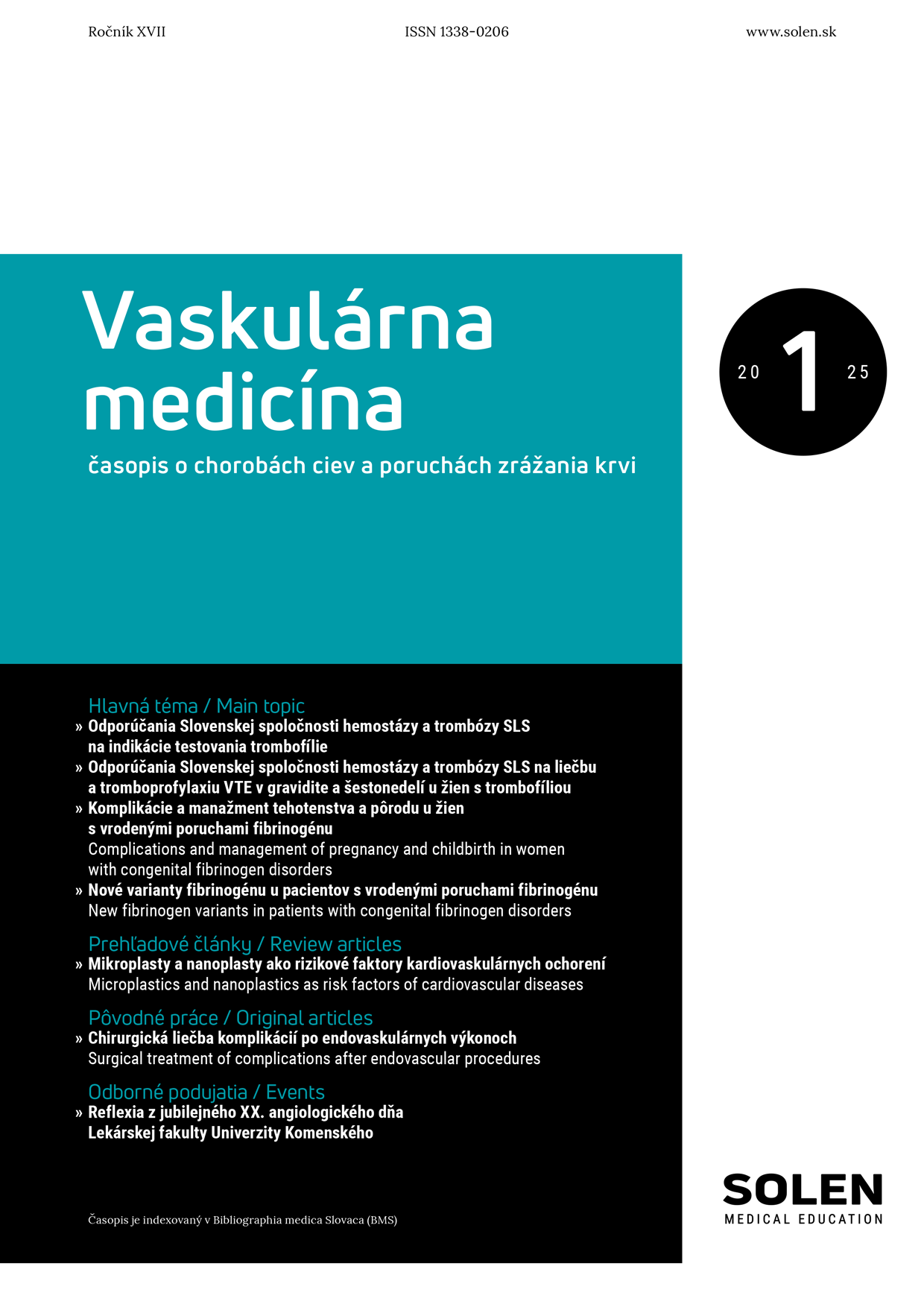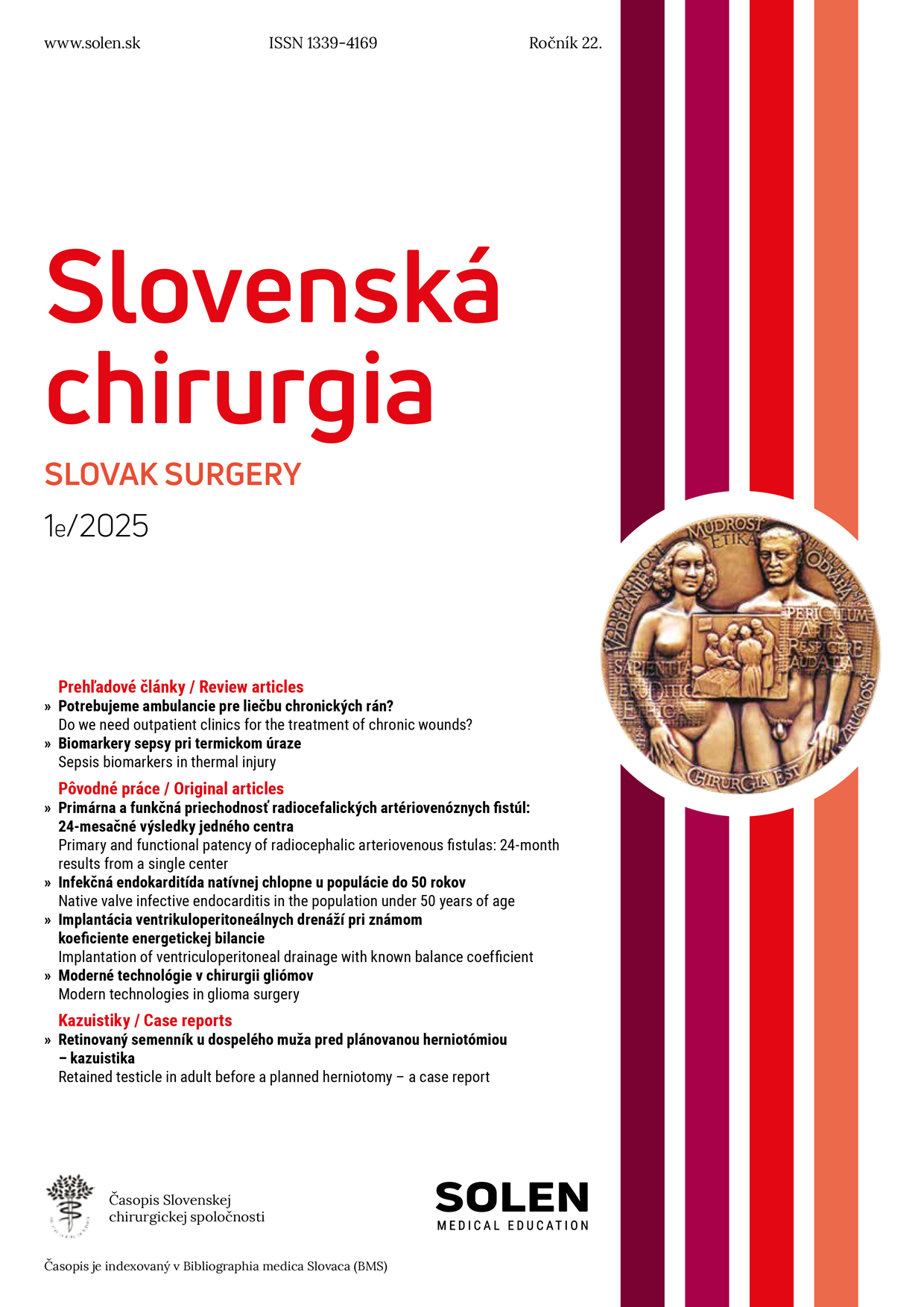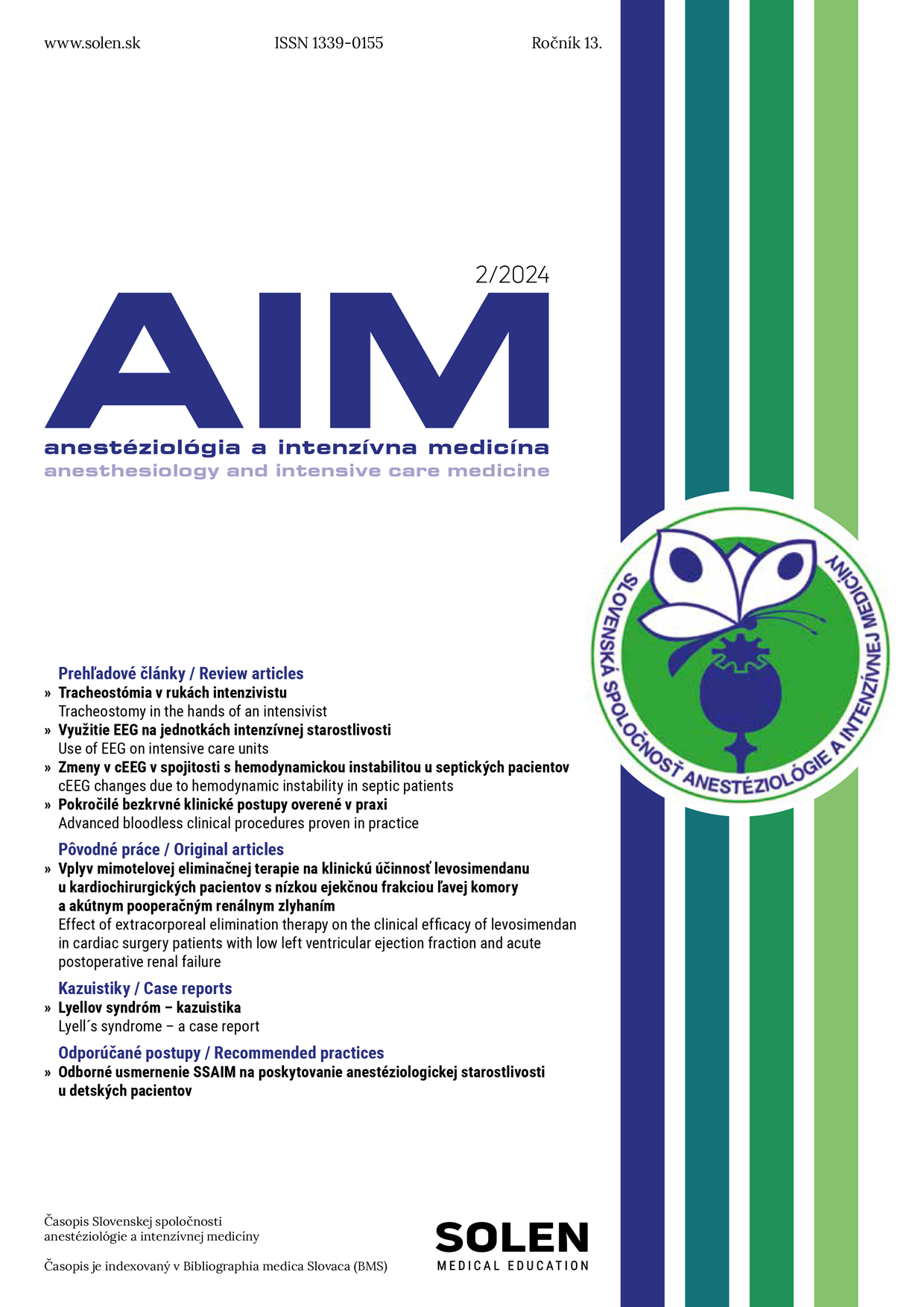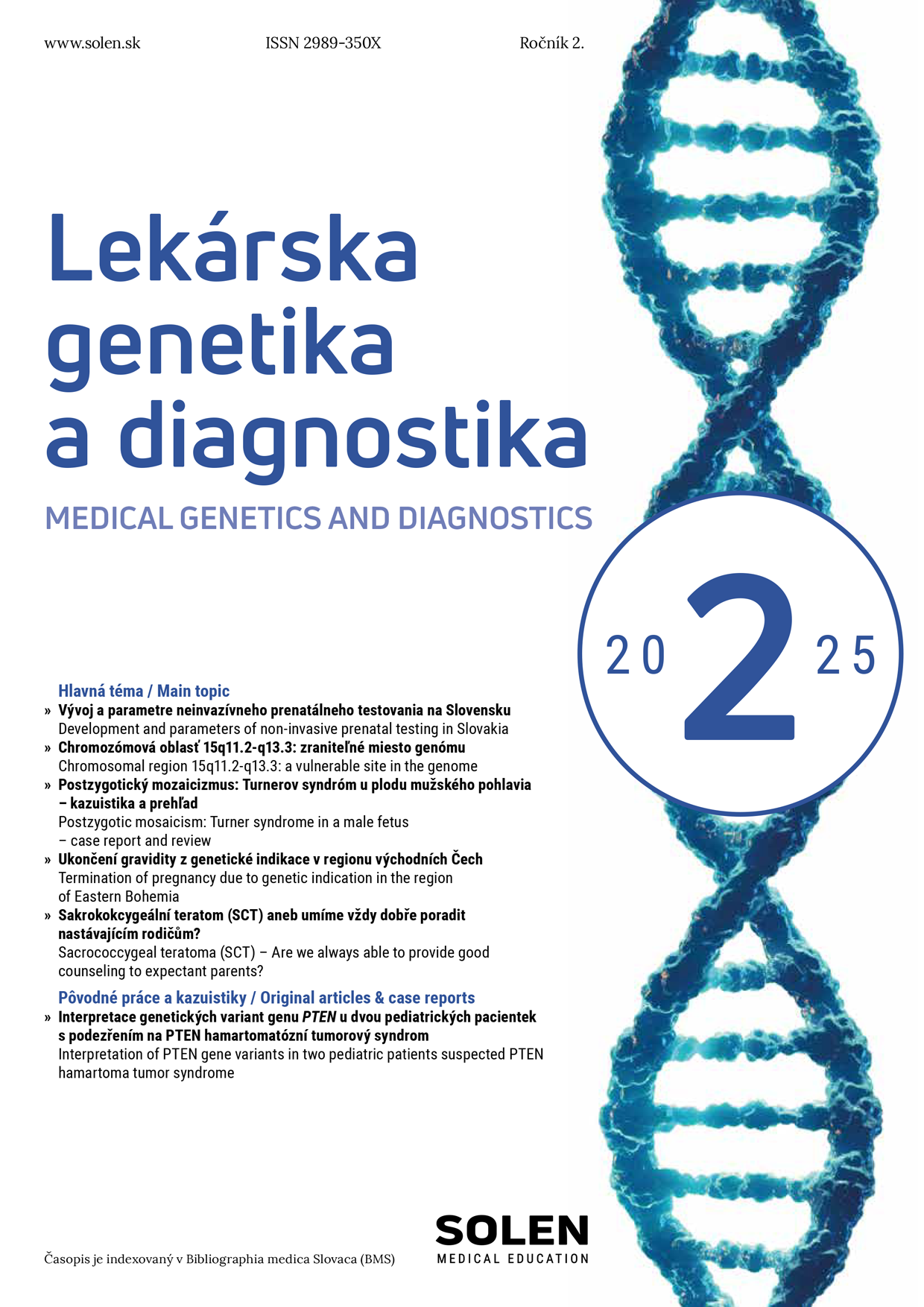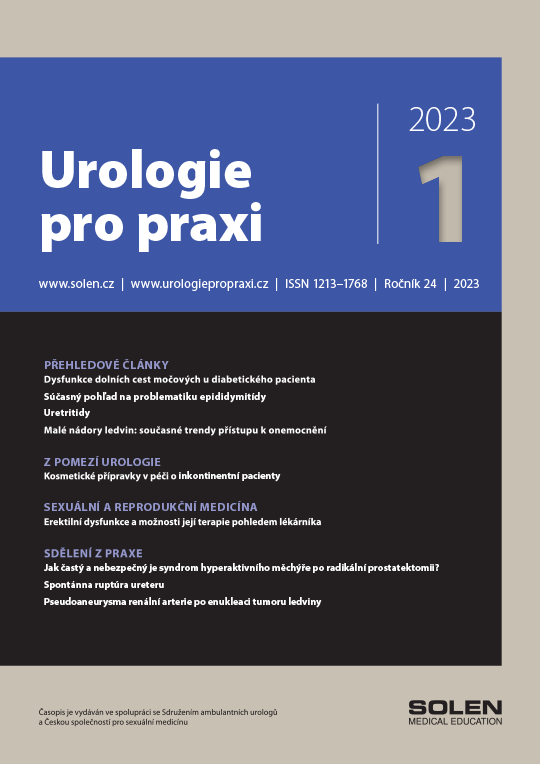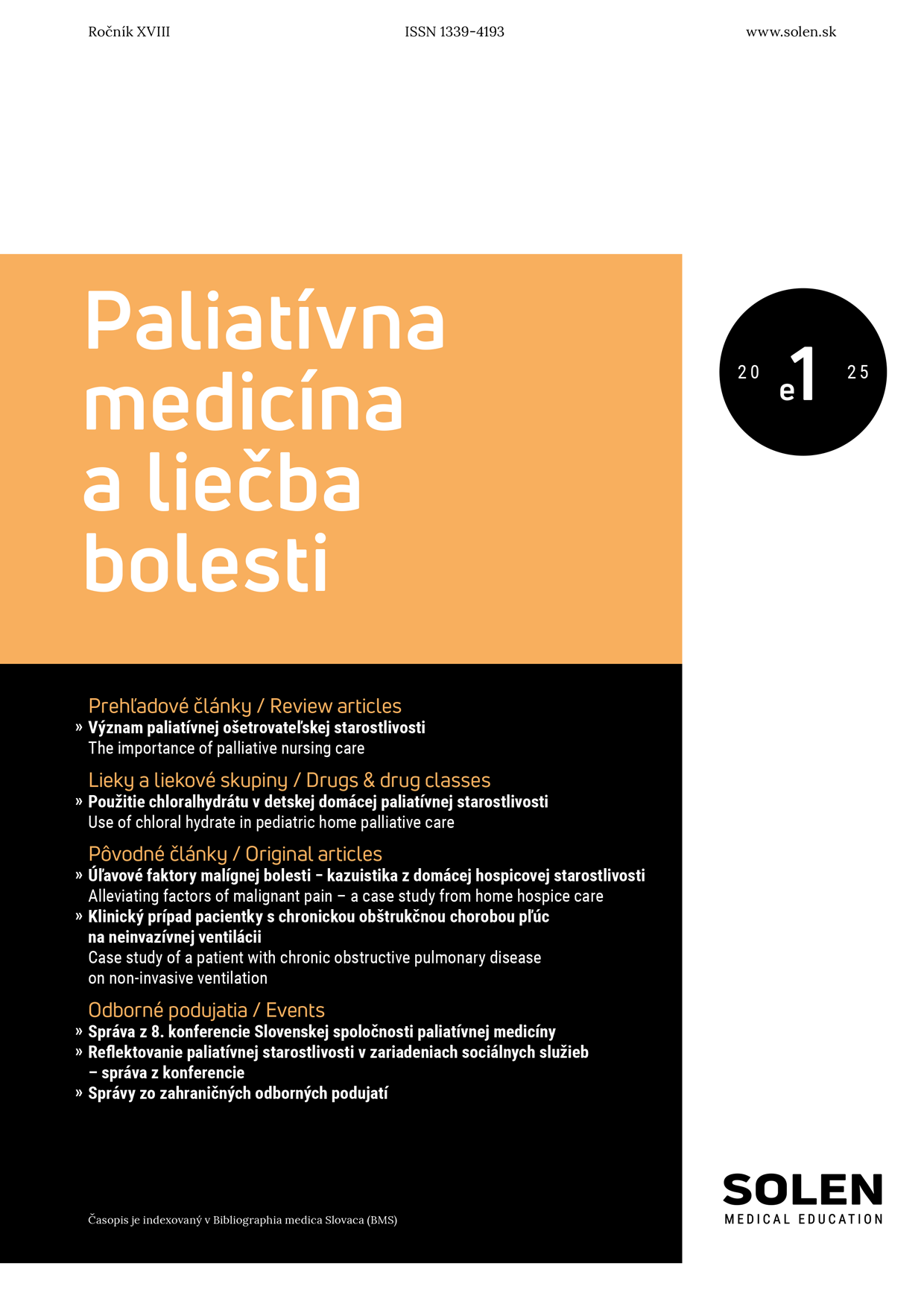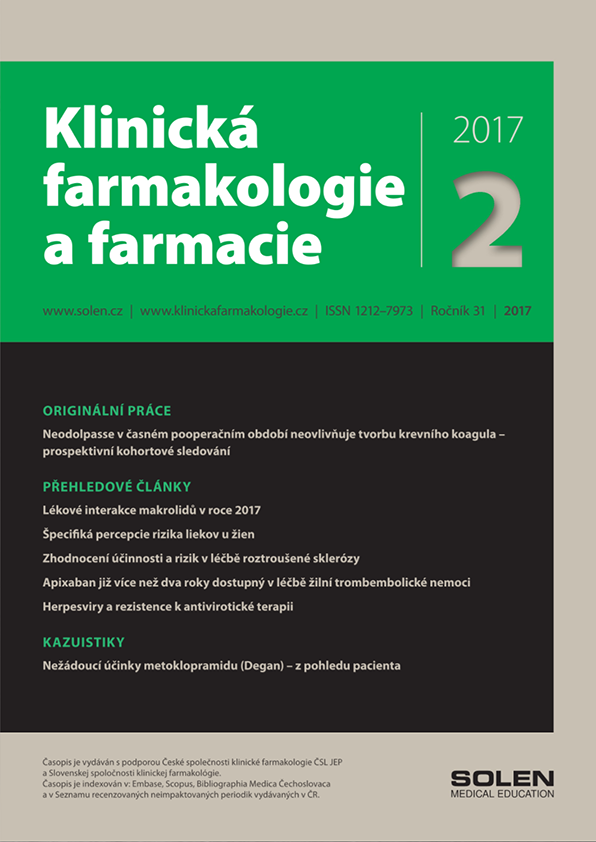Dermatológia pre prax 4/2024
New guideline for the management of urticaria
Urticaria is a condition characterized by the development of wheals, angioedema, or both. Urticaria is classified based on its duration, as acute or chronic, and the role of definite triggers, as inducible or spontaneous. Urticaria is predominantly mast cell-driven disease. Acute urticaria, because it is self-limiting, usually does not require a diagnostic workup apart of anamnesis for possible trigger factors. Diagnostics in CIndU are used to identify the subtype of CIndU, and to determine trigger thresholds. In all CSU patients, the diagnostic workup includes thorough history, physical examination, basic tests, and the assessement of disease activity, impact, and control. The goal of treatment is to treat the disease until it is gone as efficiently and safely as possible aiming at a zero disease activity, complete control and a normalization of quality of life. The therapeutic approach to chronic urticaria should involve: avoidance of eliciting factors, tolerance induction, and the use of farmacological treatment. Proven non-sedative 2nd generation antihistamines are the first line of therapy, even in increased dosage. Omalizumab is added to the antihistamine as a second line. In the third line, cyclosporin A is in combination with an antihistamine.
Keywords: urticaria, wheal, angioedema, diagnostics, antihistamine, omalizumab


